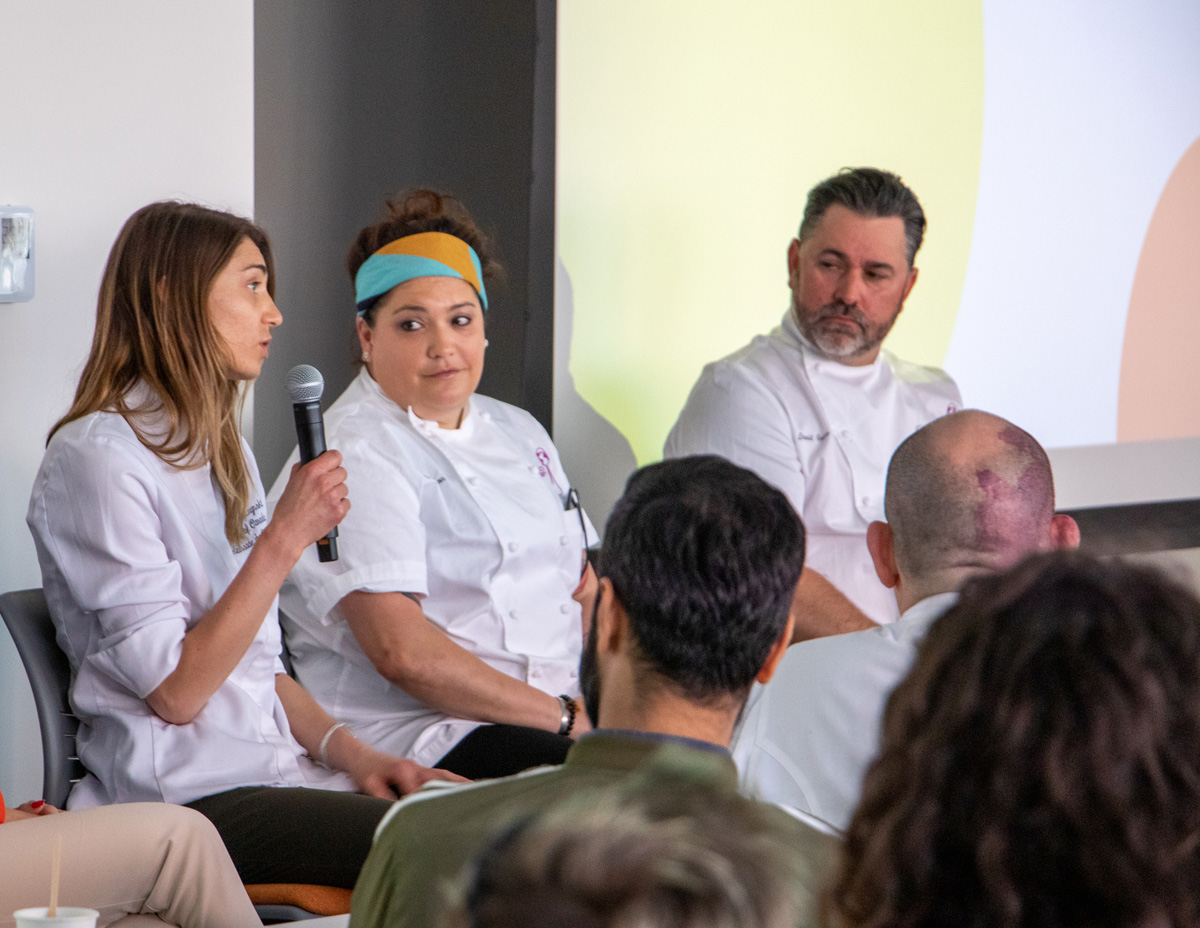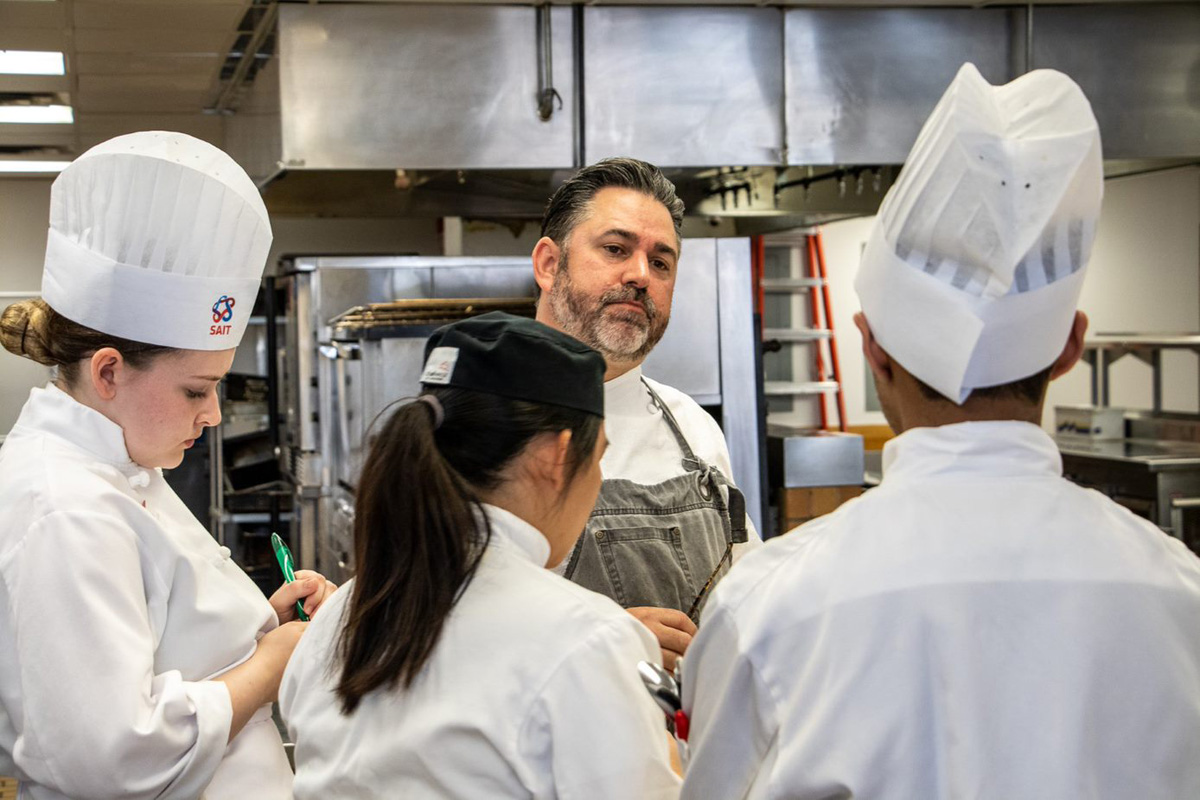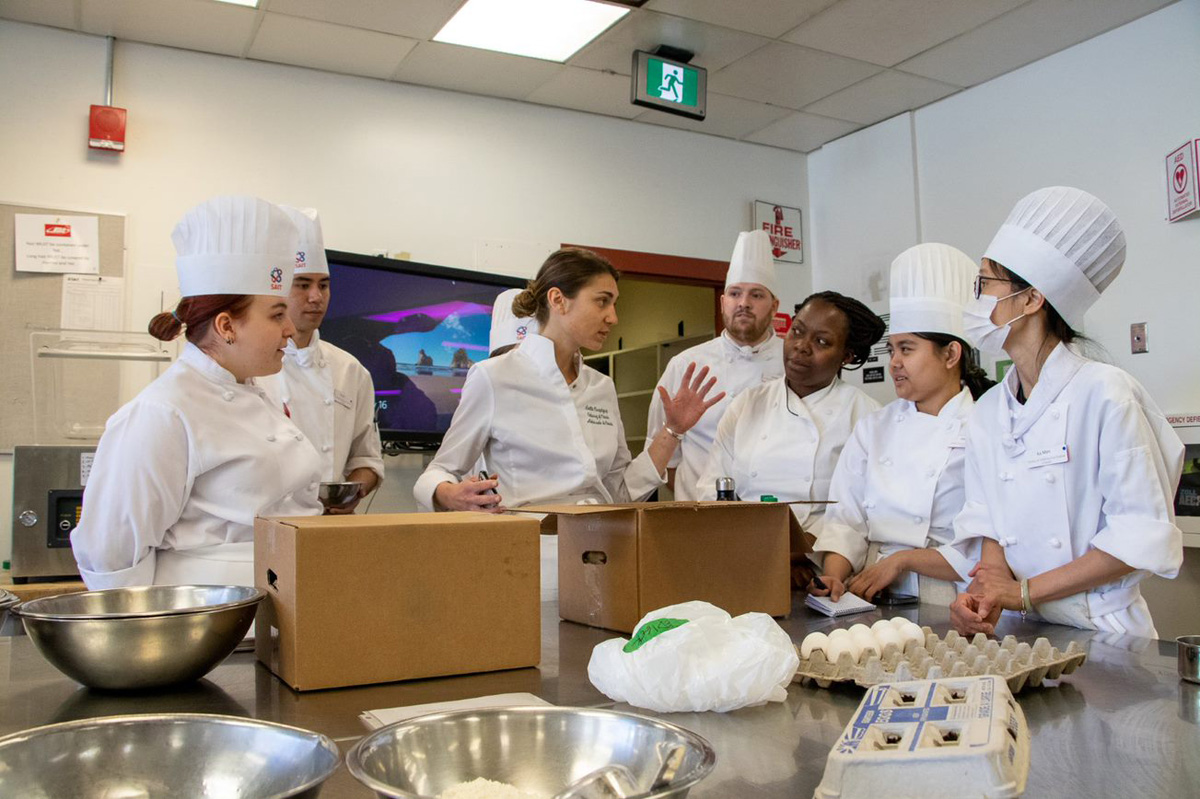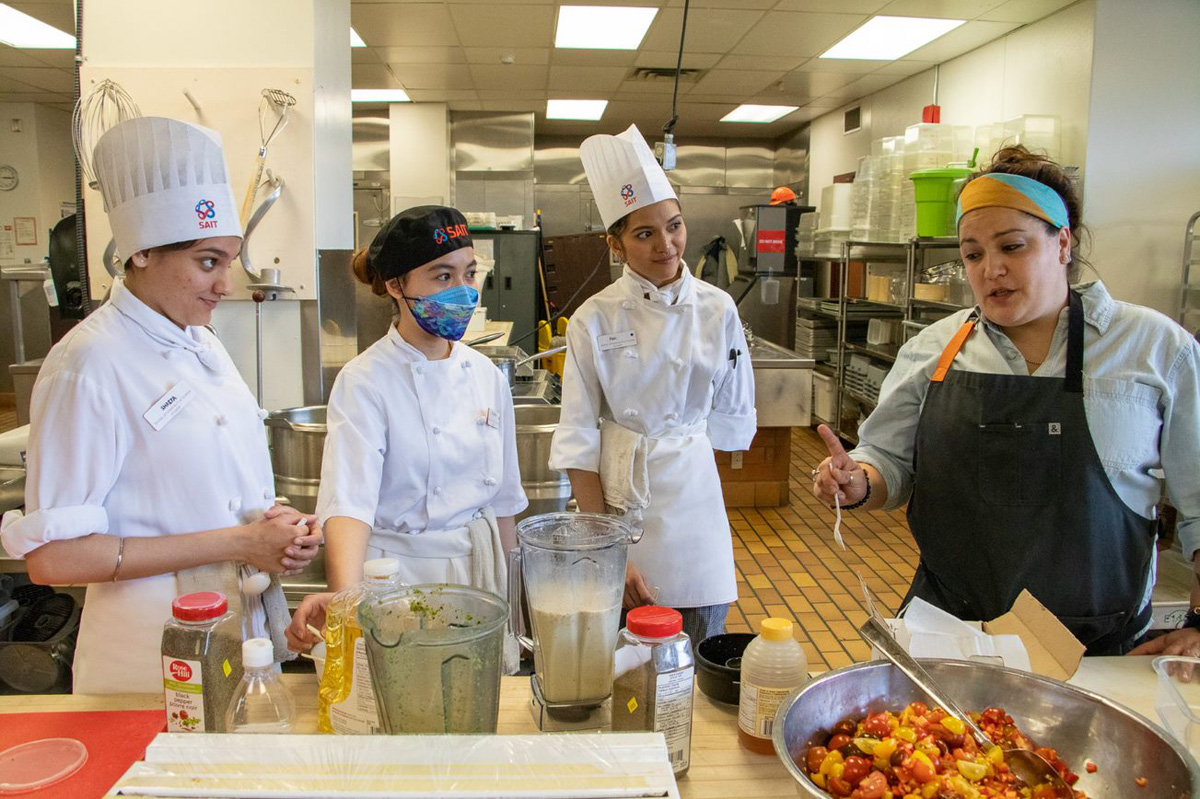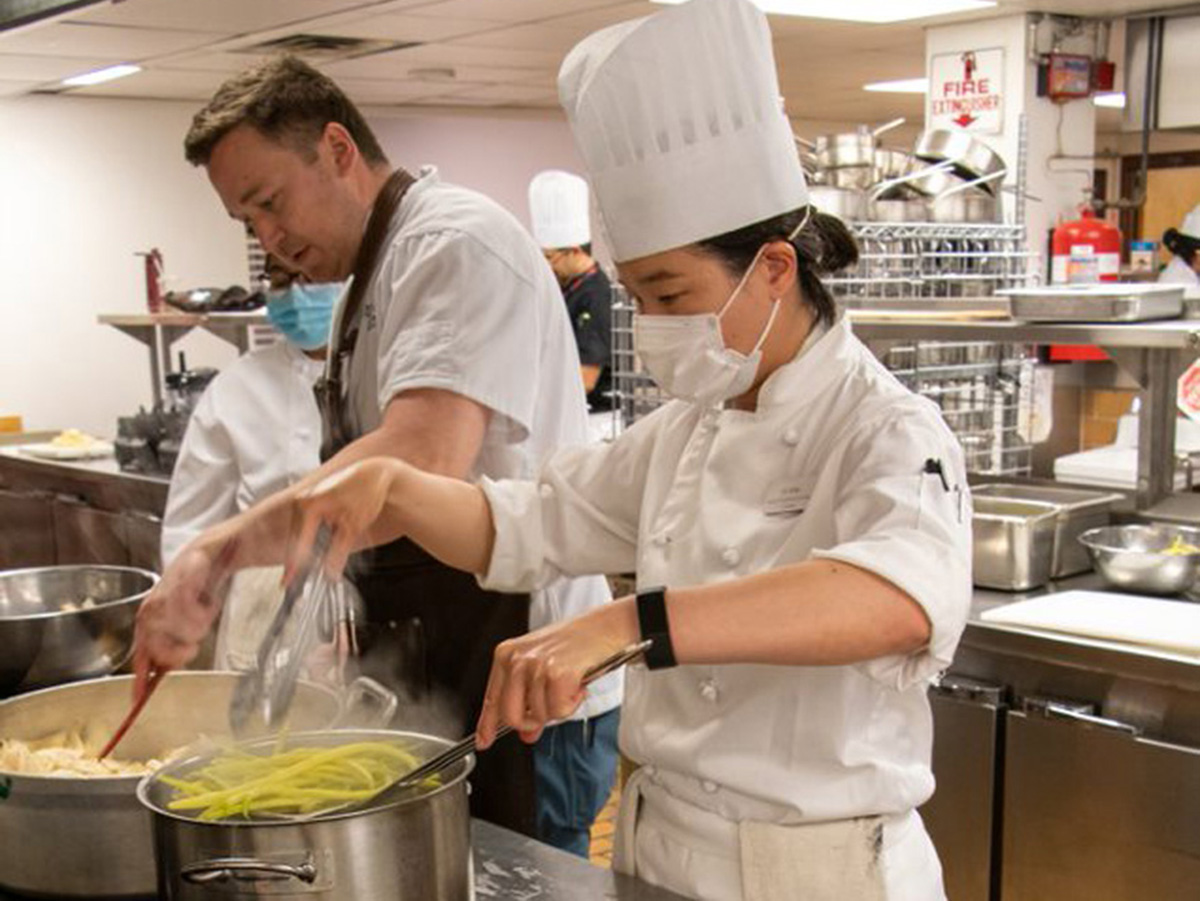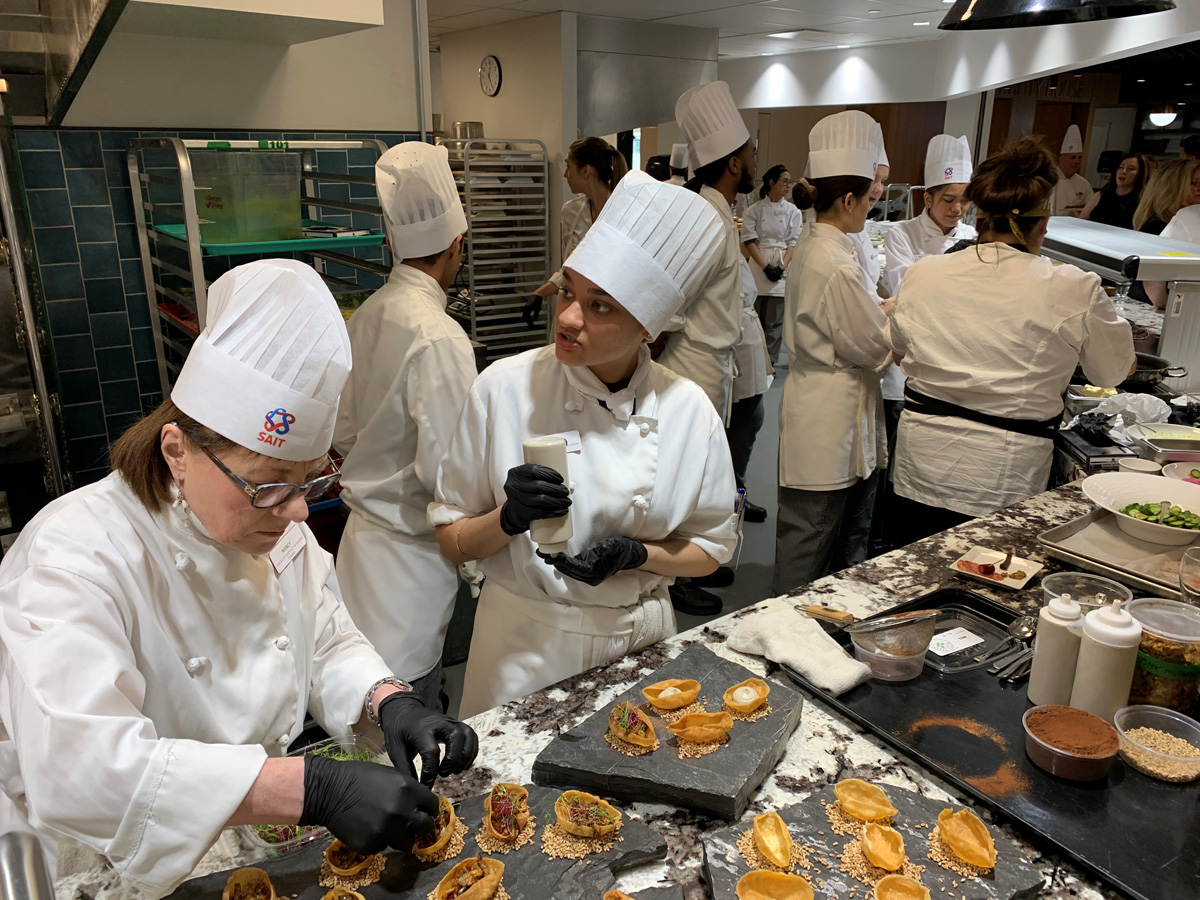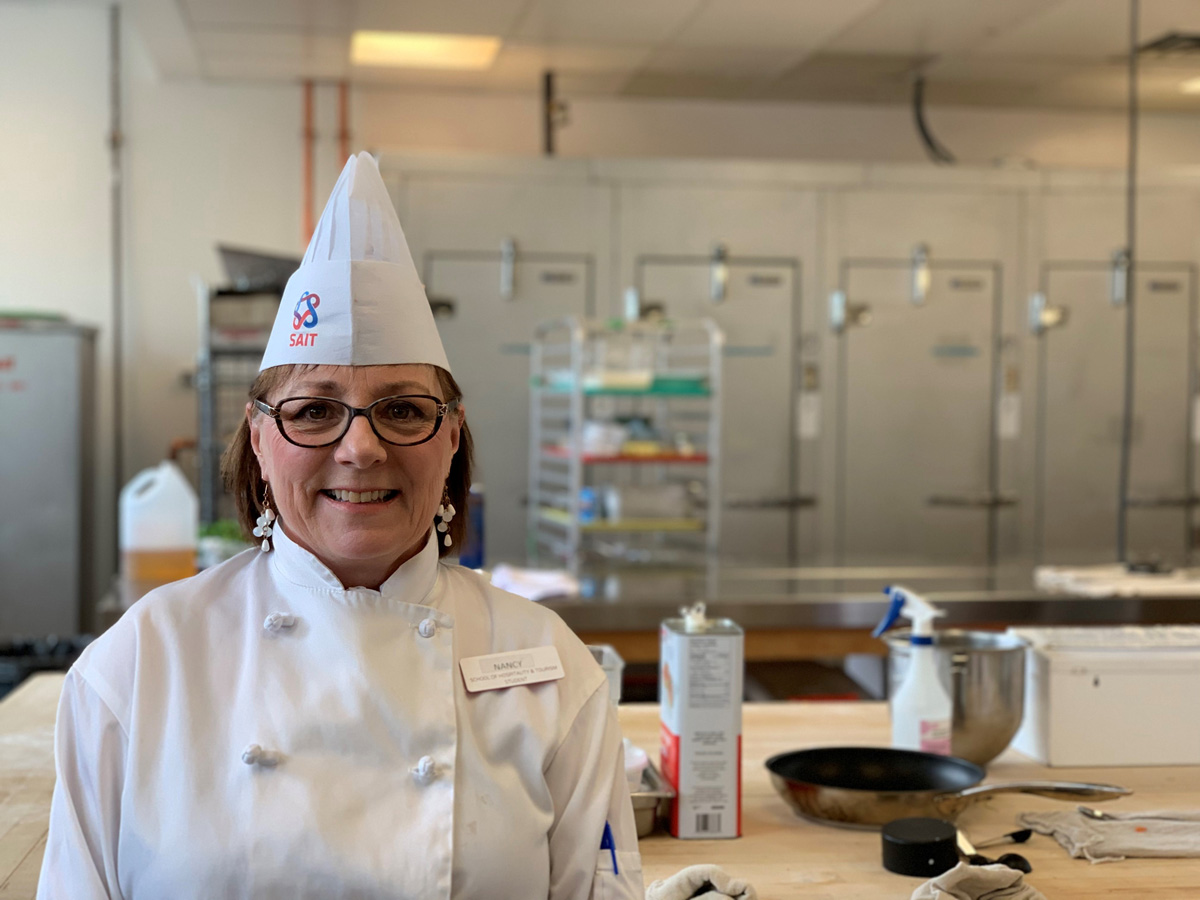A primer on culinary diplomacy
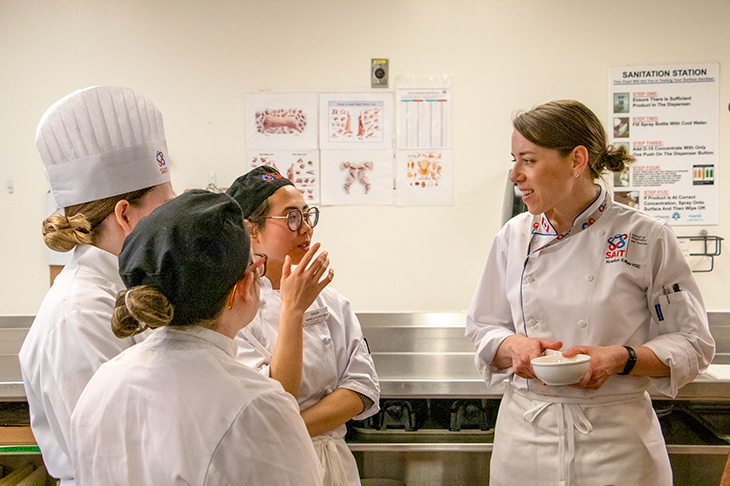
As we head into the holiday season, we’re reminded of the importance of food, especially as a way to share moments with friends, colleagues, family and our communities. It’s nice to break the ice by serving up conversation different from the weather, eh?
Food is a way for people to connect and share experiences, regardless of background, which is at the heart of culinary diplomacy. It’s a way to foster understanding and build connection from nation to nation or between two individuals.
“Culinary diplomacy can be for everybody. At its core, it goes back to mutual respect and building peace through food,” says Rosalyn Ediger. “When you put thought into a dish, a meal or a gathering, you can reach people on a very deeply personal level. It sends a message and binds you with the person sitting at the table with you.”
Inspired by her time working in China as Chef de Cuisine for the Embassy of Canada's official residence in Beijing, Chef Ediger recently developed, launched and now teaches a new course in culinary diplomacy at SAIT called Culinary Diplomacy and Anthropology. The course was created as part of Chef Rosalyn’s 2019/20 Cadmus Trades Teaching Chair award.
“I proposed a project around culinary diplomacy to bridge my previous life experience with what I see as a largely untraveled avenue for culinary arts and a future skill set for our students.”
Teaching and learning culinary diplomacy
It can be difficult to define culinary diplomacy in a classroom of students with varied backgrounds. Some students come from a small region or country with a long food history passed down through generations and commonly available ingredients throughout. In Canada, a large country with so many types of food available, such varied seasons, vast wilderness, Indigenous Peoples and a rich history of immigration, it can be difficult to define a single cuisine.
“I asked the students, if you’re in the prairies and you’re making a curry out of the mustard, the canola and the chickpeas growing there — is it Indian food or Canadian food? Just to get them thinking,” says Ediger. “In this class they need to be open-minded to put themselves in another’s shoes. What might be comforting or fun or enjoyable to one person, might be weird to another, but once you get to know them, you realize we have more similarities than we know and we’re learning to use food to send that message.”
First date + food diplomacy
Planning a first date might not be typical coursework, but after a discussion about how you don’t need a big budget to practice culinary diplomacy in everyday life (and a student’s question) it was part of the discussion. Culinary diplomacy can be used from big moments to small to create a shared experience — even with only one other person on a date.
Here are some elements to consider when planning a first date with some culinary diplomacy considerations. Consider their interests and what you would like to share about yourself. Make it specific, like include food or a beverage to break the ice, and then use that to make the connection.
An example might be:
- you know they like coffee
- you like to nerd out over everything coffee
- you find a café that has some single-origin coffees
- you share the experience and hopefully find a new favourite bean
Practice with the pros on a diplomatic visit
For SAIT students who get jobs overseas, it’s important to learn about the audience, culture, etiquette and taboos. But domestically, the experience in culinary diplomacy also helps set students apart who welcome visitors to Canada.
For students in SAIT’s world-renowned School of Hospitality and Tourism, visitors recently included Canada-U.S. Chef Ambassadors from the Culinary Diplomacy Project — a chef-driven organization that sends prominent chefs to destinations around the world as representatives of American culture and cuisine.
The organization’s first visit to Canada included Founder and CEO Lauren Bernstein, the Partnerships Advisor Micheline Mendelsohn and two chefs — Chef Maria Mazon, Executive Chef and Owner of BOCA Tacos Y Tequila in Tucson, Arizona and Chef David Guas, Chef Owner of Bayou Bakery from Arlington, Virginia. Other special guests included Chef Laetitia Chrapchynski (PCK ’15), Chef de Cuisine at the Canadian Embassy in Washington, D.C. and Chef Scott Mackenzie from Calgary’s River Café.
What does a visit from Chef Ambassadors to a culinary school include? Food in many forms — a speaker panel discussion, dinner at River Café, a tour of southern Alberta, preparing food together and a reception with food stations.
A cut above the rest
SAIT’s School of Hospitality and Tourism ranks #18 on CEOWORLD Magazine’s 2022 list of Best Hospitality and Hotel Management Schools in the World, making it the only Canadian school on the list.
Learn more about SAIT’s School of Hospitality and Tourism and programs like Culinary Arts.
Global Perspective
We prepare students for successful careers and lives.
SAIT'S
2020-2025
Strategic plan

Oki, Âba wathtech, Danit'ada, Tawnshi, Hello.
SAIT is located on the traditional territories of the Niitsitapi (Blackfoot) and the people of Treaty 7 which includes the Siksika, the Piikani, the Kainai, the Tsuut’ina and the Îyârhe Nakoda of Bearspaw, Chiniki and Goodstoney.
We are situated in an area the Blackfoot tribes traditionally called Moh’kinsstis, where the Bow River meets the Elbow River. We now call it the city of Calgary, which is also home to the Métis Nation of Alberta.
